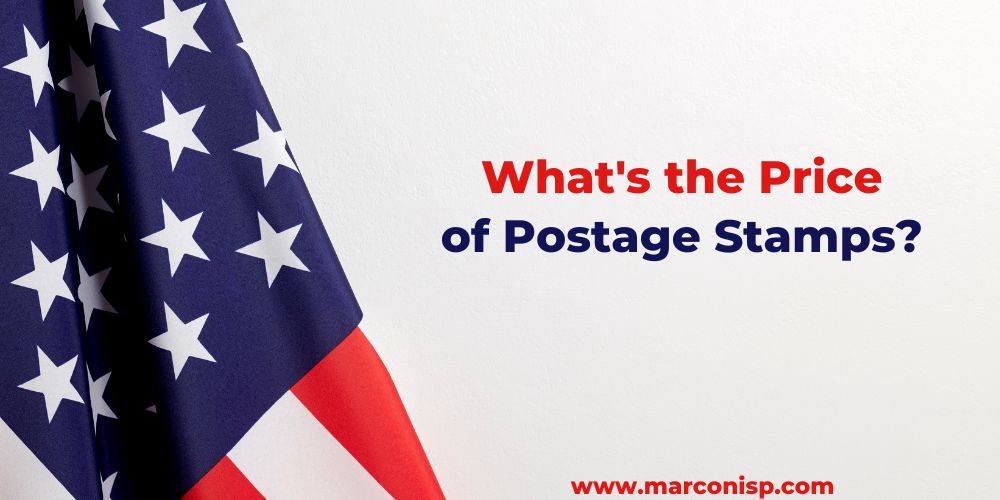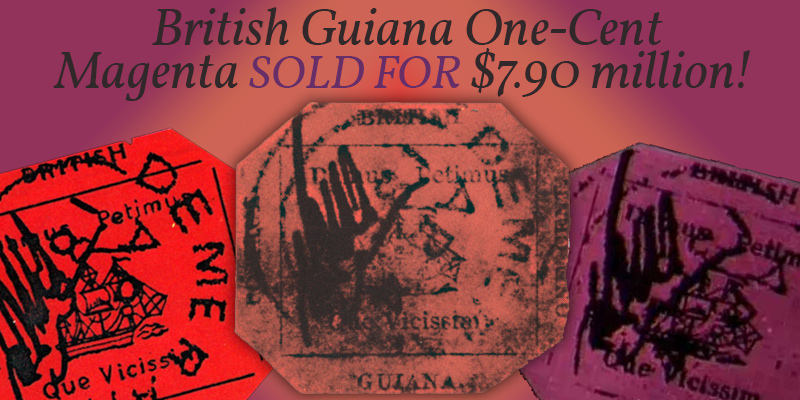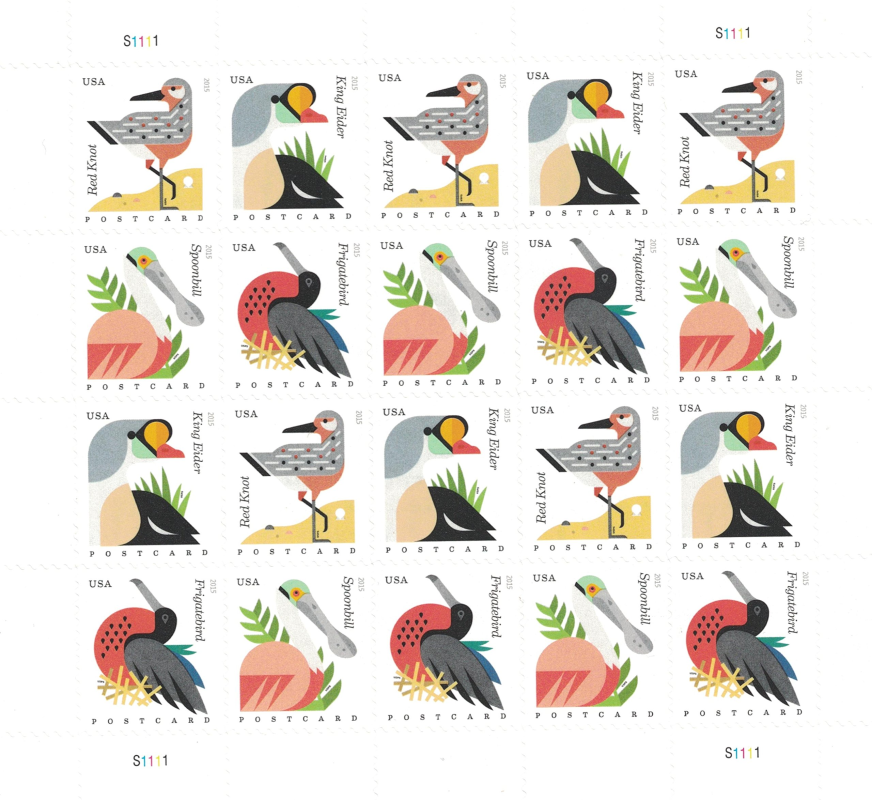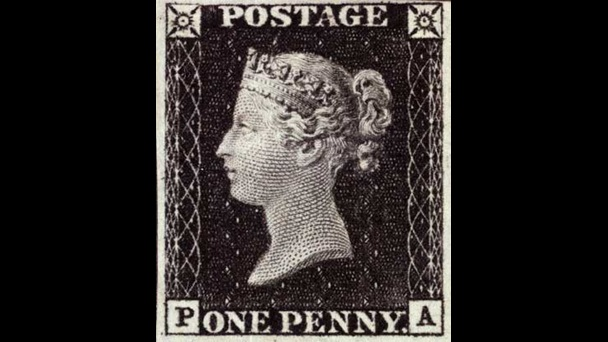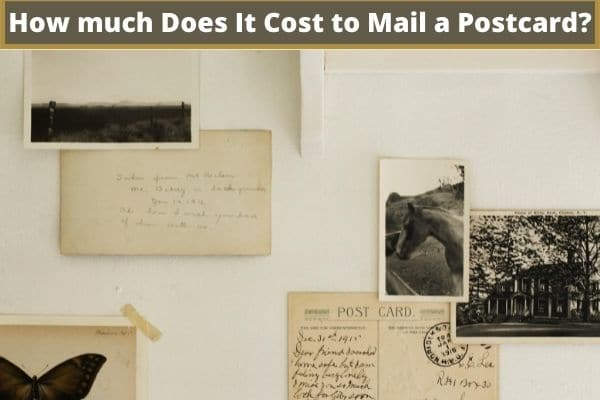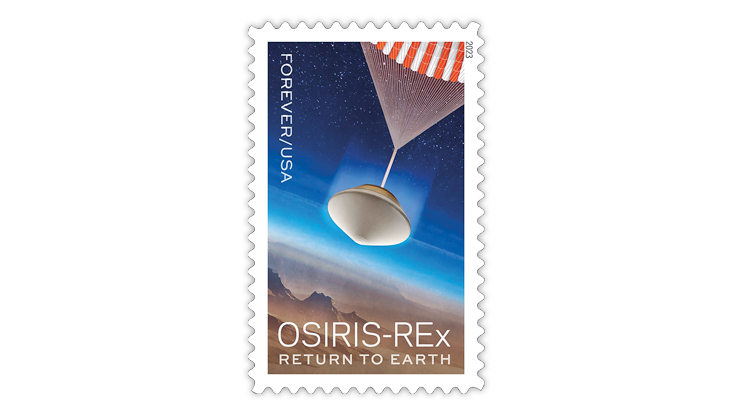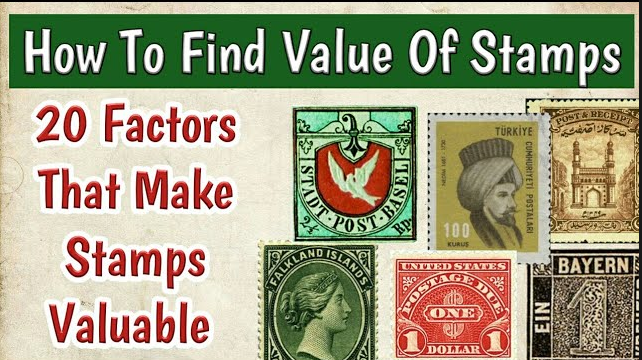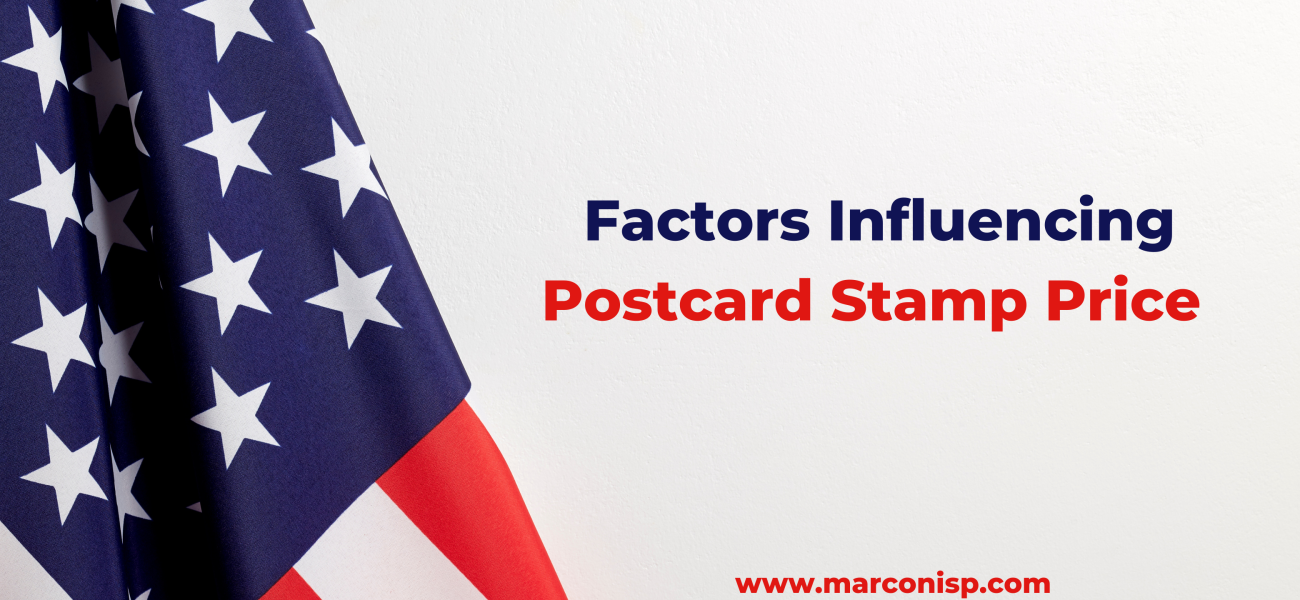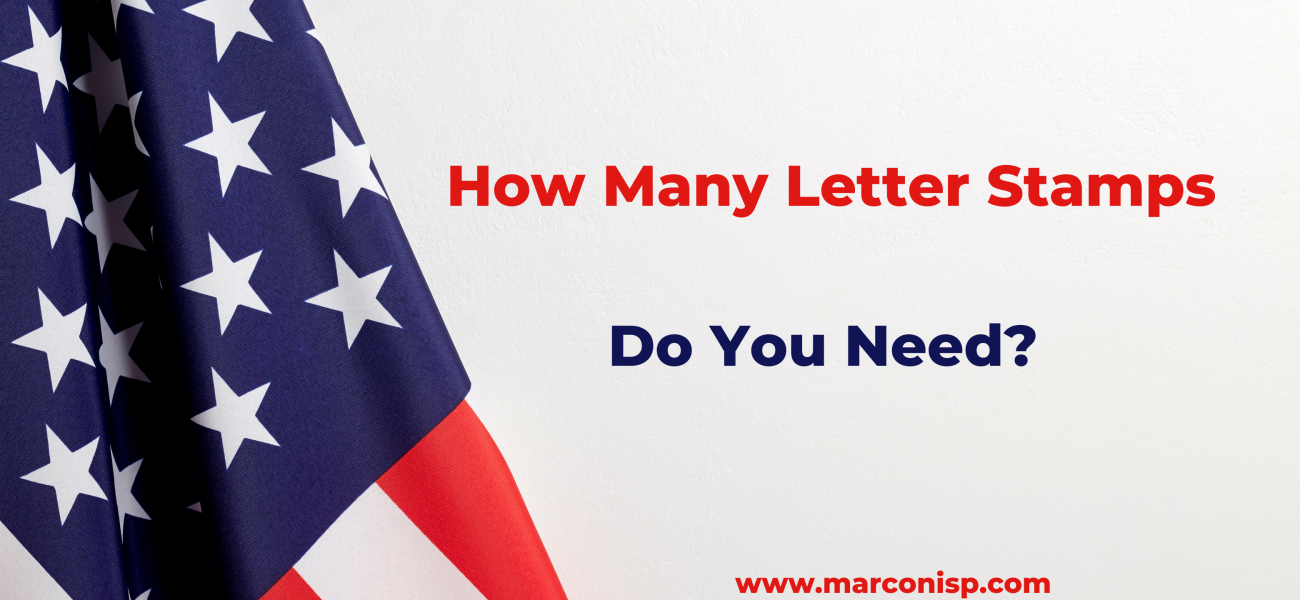Imagine a world without the simple postage stamp – a world where people cannot send letters through the mail without visiting a post office. It’s a difficult reality to understand in today’s fast-paced and interconnected world, but it wasn’t so long ago that sending a letter required a stamp.
Postage stamps have been an essential part of the modern world, and the price of postage stamps has evolved over the years due to various factors. From the iconic Penny Black to the modern-day first-class postage stamp, the evolution of postage stamp prices has been a fascinating journey.
This article will delve into the historical evolution of postage stamp price, the factors influencing their prices, international comparisons, and future trends. So, let’s explore the world of postage stamps and discover the price we pay to stay connected.
Historical Evolution of Postage Stamp Prices
The first postage stamp was the Penny Black, issued in the United Kingdom in 1840. Sir Rowland Hill, who proposed the idea of a pre-paid stamp to streamline the postal system, created it. The Penny Black was an instant success, becoming the standard for postage stamps worldwide.
Originally, the weight of the letter or package and the distance it traveled determined the postage stamp price. This system is based on the principle of cost recovery, where the price of the stamp is intended to cover the cost of transporting the mail. In the UK, for example, the price of a Penny Black covered the cost of delivering a letter weighing up to half an ounce to any destination within the country.
Over time, the cost of postage stamps has risen due to inflation and increasing demand for postal services. In the United States, for example, the price of a first-class postage stamp has increased from 2 cents in 1885 to 55 cents in 2021. This represents an average annual increase of 2.6%, which is roughly in line with the inflation rate. As of 2023, a standard First-Class stamp costs 60 cents. So what affects the price of stamps? Let’s explore that next.

Image Source: Etsy
Factors Influencing the Price of Postage Stamps
There are several factors that influence the price of postage stamps.
- Inflation: As the cost of living increases, the cost of providing postal services also goes up. So the situation leads to an increase in postage stamp prices to cover the additional costs.
- Technological Advances: The advent of email and other digital communication channels has reduced the demand for traditional postal services. It has pressured postal services to reduce costs, increasing postage stamp prices.
- Competition: The emergence of private courier services has increased competition for traditional postal services. This has forced postal services to improve their efficiency and reduce costs, leading to higher postage stamp prices.
- Government Regulation: Postal services are often subject to government regulation, which can influence the price of postage stamps. For example, some governments may regulate the price of postage stamps to ensure they remain affordable for all citizens.
In conclusion, the price of postage stamps is influenced by many factors. And postal services must balance their need for profitability with providing affordable services to their customers.
International Comparison of Postage Stamp Prices
While postage stamp prices vary from country to country, some general trends can be observed. In general, developed countries tend to have higher postage stamp prices than developing countries. It is because the cost of delivering mail is higher in developed countries. And because people in these countries tend to have more disposable income and are willing to pay more for the convenience of using the postal system.
For example, a first-class stamp in Norway costs approximately $1.80, while a first-class stamp in India costs just 70 cents. Similarly, the cost of a first-class stamp in Japan is approximately $1, while the cost of a first-class stamp in Egypt is just 17 cents.
What Is the Future Trend of Postage Stamp Prices?
The future trend of postage stamp prices is difficult to predict with certainty, as many factors influence it. However, it is reasonable to expect that postage stamp prices will continue to rise as the cost of producing and distributing stamps increases.
Several factors, including inflation, rising labor and material costs, and changes in technology and distribution methods, drive this trend. In addition, the increasing popularity of electronic communication and social media has reduced the demand for traditional mail services, which could put additional pressure on postage stamp prices.
However, there are also some factors that could help to mitigate these price increases, such as the development of new technologies and distribution methods that could reduce costs and the potential for increased demand for stamp collecting as a hobby.
Overall, it is likely that postage stamp prices will continue to rise in the future, but the pace and magnitude of these increases is unpredictable at this moment. Please stick with us at Marconisp if you want to follow up the latest trends of postage stamp prices. Once there’s a change, we’ll let you know.


